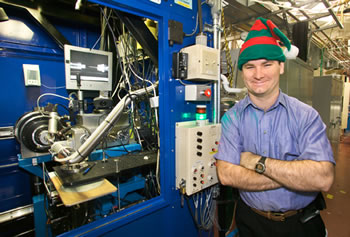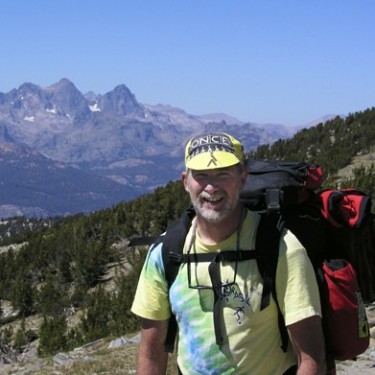ALS 8.3.1 – The “TomAlberTron”

Beamline 8.3.1 at the Advanced Light Source is operated by the University of California San Francisco with generous support from the National Institutes of Health (R01 GM124149 for technology development and P30 GM124169 for user support), and the Integrated Diffraction Analysis Technologies program of the US Department of Energy Office of Biological and Environmental Research. The Advanced Light Source (Berkeley, CA) is a national user facility operated by Lawrence Berkeley National Laboratory on behalf of the US Department of Energy under contract number DE-AC02-05CH11231, Office of Basic Energy Sciences.
Beamline 8.3.1 is directed by James Holton. The Participating Research Team includes UCSF, UC Berkeley, The University of California System, and Plexxikon Inc, and is headed by James Fraser and Robert Stroud.
Detector
Pilatus3 S 6M with up to 100Hz data collection.
Beam Characteristics
Beam energy at all ALS beamlines except 5.0.1 and 5.0.3 is tunable, with useful range between 6 and 18 keV (2 to 0.7 Å). For native data at 8.3.1 we usually run at 11111 eV (1.116 Å) where we get 1e12 photons/s through a 100 micron aperture. Native beam size is a Gaussian shape with full-width at half-max of 80 x 60 microns (v x h) at the sample. You can aperture this down with 100,75,50,30,20 and 15 micron holes using a pull-down menu. These apertures reduce the flux, but the lifetime of the crystal stays the same. What you are throwing away is flux that misses the crystal and ends up as background.
What we do
-
Help you collect data!
Data collections are typically 3-5 minutes before we hit the cryo damage limit. Room temperature collection is also getting more popular, and then lifetimes are only 1-2 seconds without attenuation.
-
Remote data collection
Our remote-access program at 8.3.1 is relatively new, but we are accepting remote users. We support all puck, cassette and pin types, including canes.
-
Automated data processing
Data processing with XDS launches automatically with each collection (even for industrial users, as we have an industrial license for XDS ). You can take the processed data home! We do allow you to login and continue processing your data indefinitely after your beam time, but on a somewhat slower computer (8 cores). The 72-core box is reserved for active users doing real-time processing. We tend to keep images on disk for about 6 months before they are only on tape. After that we can restore from tape on request.
Tom Alber
Professor Tom Alber passed away in 2014. He spearheaded the construction of Beamline 8.3.1 and ensured that it was a home for innovative structural biology. In 2017, we renamed the beamline the “TomAlberTron” in honor of Tom. We miss him.
